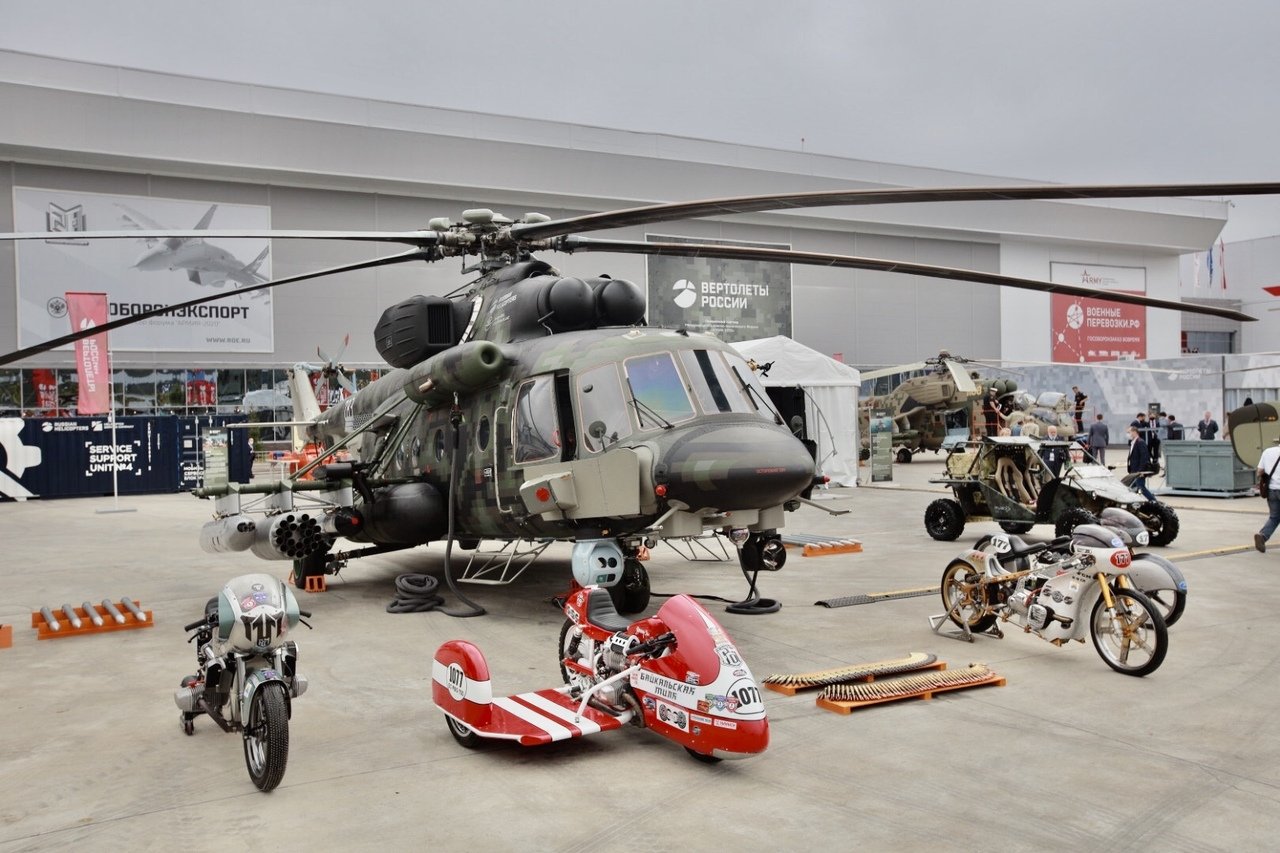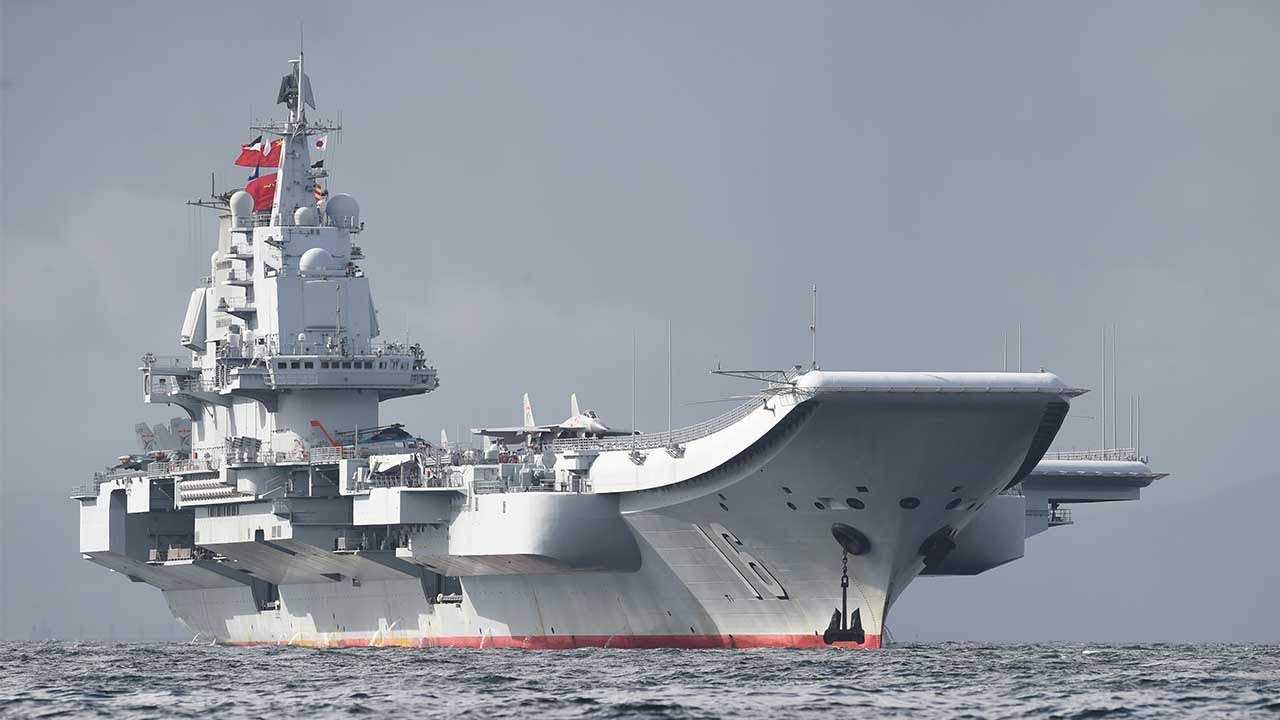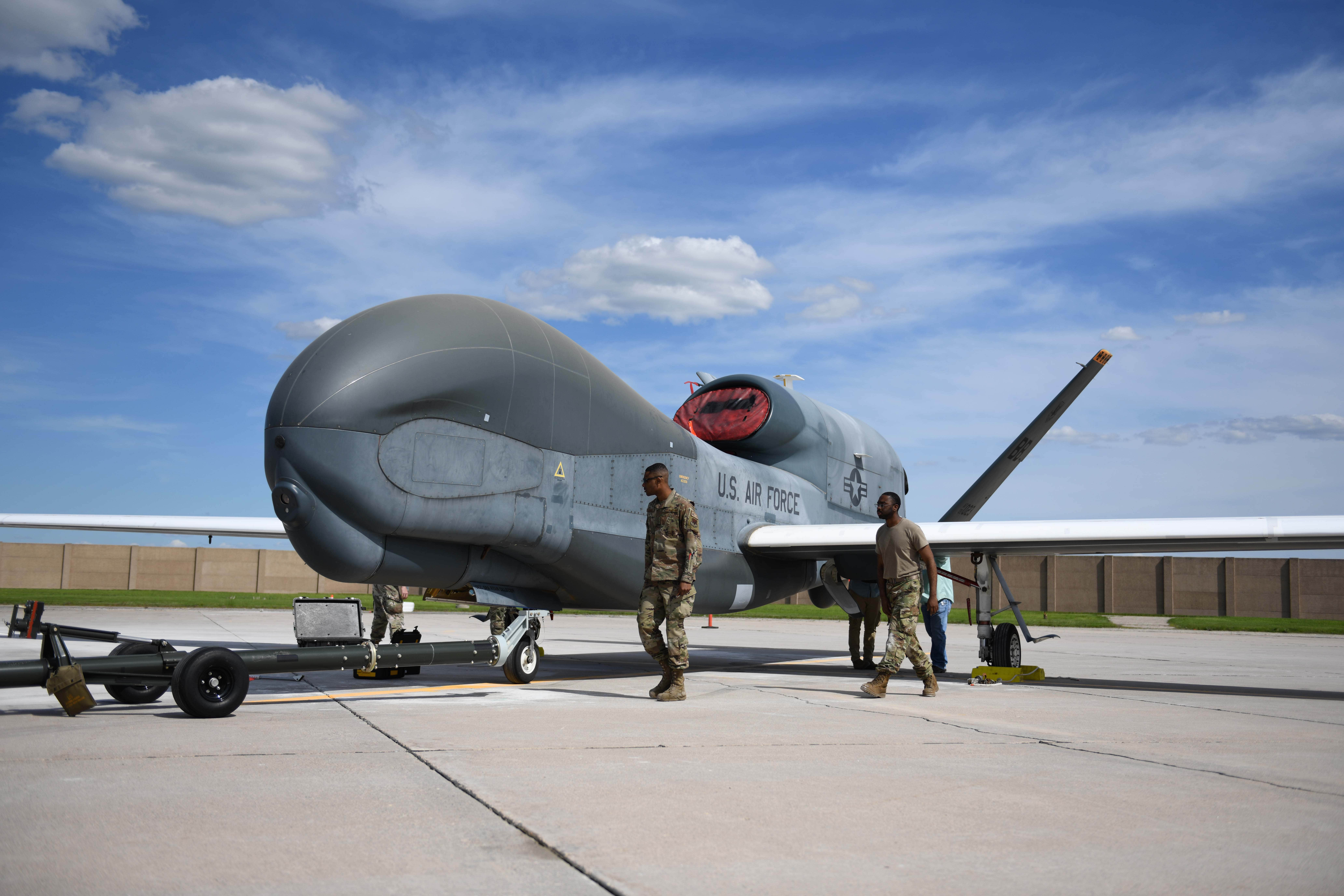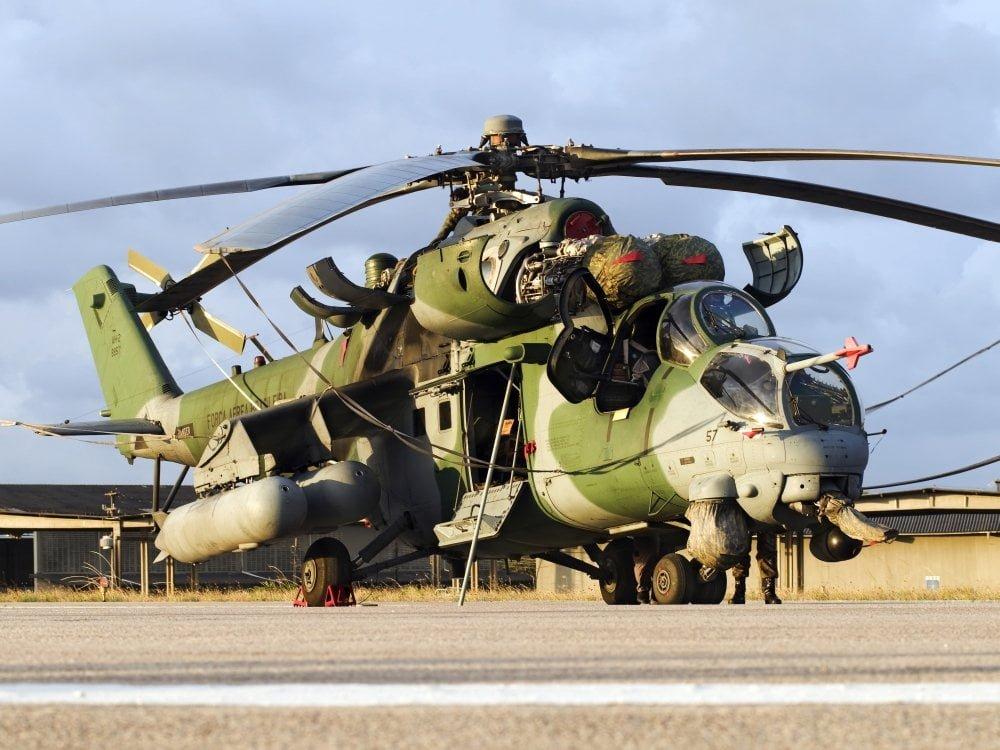On Monday, March 13, a Utah Department of Public Safety (UDPS) Aero Bureau Airbus H125 helicopter from St. George (SG), Utah, received a call of an overdue hiking party. The group of three hikers failed to check in after a planned three-day trek through Buckskin Gulch — a treacherous 20-mile (30-kilometer) slot canyon carved through the red rock sandstone from southern Utah into Arizona.

At the time, the SG crew was wrapping up another search-and-rescue (SAR) hoist mission in their local area, and needed to reconfigure before the 100-mi (160-km) flight to Buckskin Gulch. Responding without a rescue specialist (RS), SG crews requested a second UDPS helicopter from Salt Lake City (SLC) to ensure ample mission capabilities.
While UDPS aircrews are highly skilled in conducting SAR missions, this day would be the first of a momentous week that would test the skills and coordination of the aircrews and their SAR and public safety partners.
Buckskin Gulch may be the longest and deepest slot canyon in southwestern Utah. In some areas, the walls are 400 feet (120 meter) high with portions so narrow one must squeeze through. While incredibly beautiful, it also presents challenges — obstacles such as rock jams, pools of water and areas of quicksand. It is also prone to flash flooding.
The region had been experiencing periods of unsettled weather — heavy rain and unseasonably warm temperatures melting snowpack in the higher elevations.
Much of the terrain throughout southern Utah is sandstone so little precipitation is absorbed into the ground. Instead, it flows freely across and through miles of terrain until finding its way into natural drainages — oftentimes, funneling into Buckskin Gulch before being deposited into Lake Powell and the Colorado River.
These flows often become dangerous flash flood events — sending immense volumes of water and debris cascading through canyons with such speed and fury it can overtake trekkers without warning. The aircrews and responders learned this is exactly what occurred in this instance.
The search begins
When the SG crew arrived on scene, they spotted a group of six individuals in the canyon near the confluence of Buckskin Gulch and Paria Canyon. A few in the group jumped to their feet and began waving as if seeking assistance. They did not, however, appear to be in eminent danger. The crew noted their location and situation and continued to assess other areas in the canyon.
Further down canyon, the crew spotted a solo hiker with a dog. Both appeared to be strong and not in distress. The hiker, however, was pointing back up canyon as if indicating to the crew that someone needed assistance. The crew assumed he was likely referring to the group of six campers they observed minutes earlier and dismissed the hiker’s gestures.
When the SLC aircraft arrived, the SG crew directed them to the six individuals they initially observed. The SLC crew ultimately hoisted all six and recovered them to the rim of the canyon, delivering them to the SG crew who had landed and shut down. At the end of the mission, the SG crew departed for their base to address a maintenance issue.
The SLC crew resumed their search, working further up Buckskin Gulch where they encountered another group.
“We found another camp of four individuals,” said UDPS chief pilot Luke Bowman. “They were in a spot where we could actually descend down and perhaps even land. But they had a ton of camping equipment strewn and they weren’t waving at us, so we figured they were OK and we didn’t land.”
Further up canyon, the SLC crew located a solo individual. This person appeared to be struggling, seemingly in need of assistance, but his location was such they couldn’t reach him.

Instead, the crew flew back to where the four individuals were camped, descended to about 100 ft. (30 m)and deployed an RS via hoist. Enlisting the aid of two individuals from the camp party, they slogged their way for a quarter mile through water, debris and bogs of quicksand to reach the survivor.
The subject was indeed one of the three overdue hikers, incoherent and unable to provide any clarity as to the fate of the others. The trio of rescuers carried the individual back to an area suitable for a hoist extraction, and the survivor was transported to a hospital by an air medical provider.
The SLC crew then spent a couple hours flying low and slow looking into the slot canyon. They identified a couple areas in a particularly narrow portion of the canyon that contained miscellaneous items of camping gear but no sign of people.
The crew decided to suspend aerial searching for the night, while members of the SAR team continued the search on foot overnight.
“In that situation, [aerial crews are] not worth much at night,” Bowman said. “The best way to view that canyon is having someone looking out through an open door. It’s also really hard with the [FLIR] camera because the canyon is so narrow, deep and winding.”

The second day
By the next morning, the SAR team on the ground had located a deceased male, identified as another member of the overdue hiking party. It appeared he had been swept down the canyon by flood waters and heaped into a pile of wood and debris.
The SG aircraft returned to Buckskin Gulch, this time with a full rescue crew. During their initial search, they again observed the man hiking with the dog.
“He was down stream of where we saw him the day before,” said Sgt. Kyle Curtis, the hoist operator aboard the SG aircraft. “Again, he didn’t seem in distress but he was still pointing upstream. There was a place close by where we could land and make contact with him. He told us he had come across a dead body up canyon from where we saw him the first day.”
The crew noted the location of the body, and as they lifted from the canyon, they were alerted to an SOS beacon. They traced the location up canyon to the party of four who declined help from the SLC crew the previous day. With more rain having fallen overnight, the group’s situation became more perilous and they now needed to be rescued.

“When we came back, they were all packed up,” Curtis said. “We loaded up them and their gear and we made three trips to get them all out.”
After recovering the four individuals, the SG crew went back to conduct a 140-ft. (40-m) hoist of the deceased victim located by SAR overnight.
More hoist rescues
By Wednesday morning, the hiker with the dog made it out of the canyon. “He was able to give park rangers a description of where he saw the body, even how and where it was oriented,” Curtis recalled. “Shortly after beginning our search, we found the body just as he described it.”
The subject was identified as the third member of the overdue hiking party. He was 8.5 mi (14 km) downstream from where the party’s camping gear had been located.
The crescendo for this epic week was Thursday when the SG crew received another call back to Buckskin Gulch. This time, five individuals were fighting high water in the canyon and needed rescue. In this instance, the crew performed four more hoist extractions, picking up the fifth individual in a flat pitch landing.

For the week of March 13, the two UDPS aircraft flew a total of 35 missions in support of the Buckskin Gulch flooding, as well as two other unrelated SAR/hoist incidents in southern Utah. The SG aircraft clocked 22.7 hours, the SLC aircraft 37 hours, and a total of 24 people were rescued or recovered — of which 18 were from Buckskin Gulch.
“This past week was a pretty incredible situation to be a part of,” Bowman said. “It was amazing to see the two teams work so flawlessly together and accomplish the mission. It was a couple of really long days and the crews really stepped up and showed their professionalism and the amazing skills they possess.”
The rescue involved eight crew members, including one who drove five hours to help supplement the SG crew on third and fourth day.
“Each day was full of twists and turns and was a little chaotic at times, but the crews really did a great job,” Bowman said. “The Kane County Sheriffs SAR teams were great to work with and really came through helping us out, including putting one of our teams up in hotel rooms and feeding them when they couldn’t make it back to base because of weather.”





